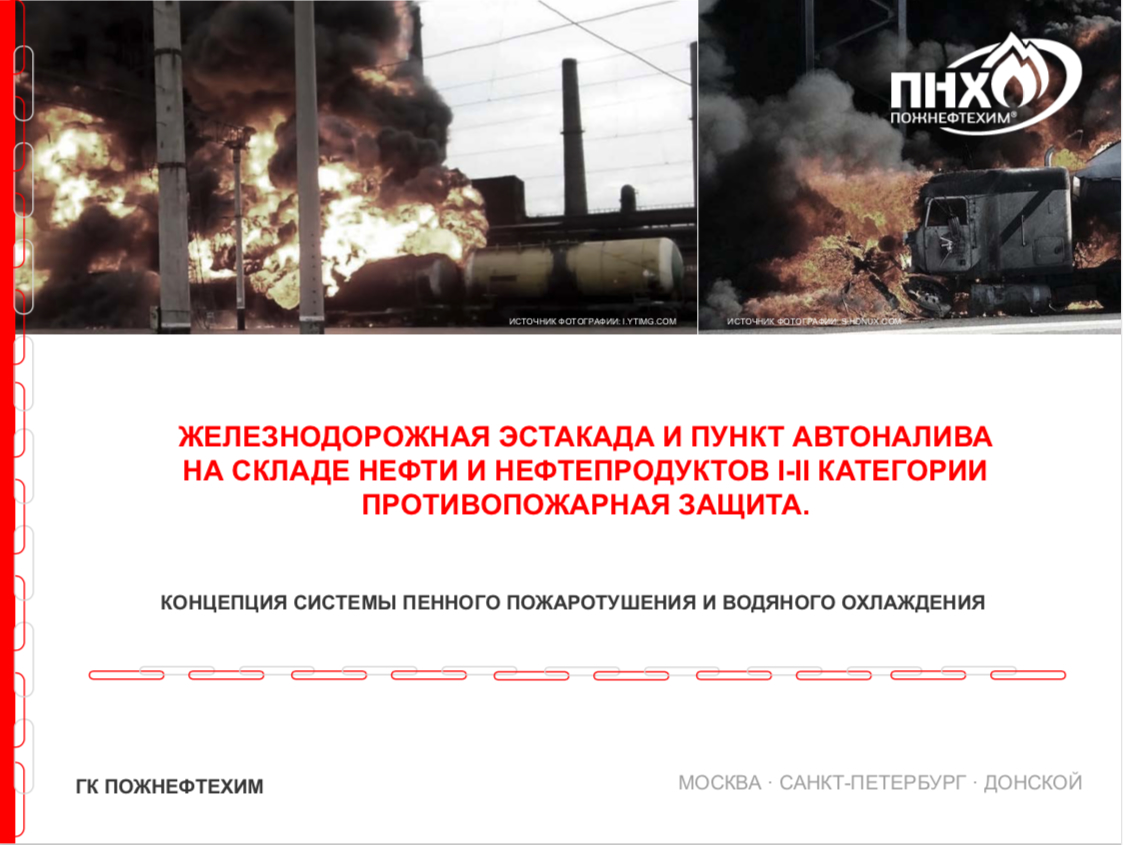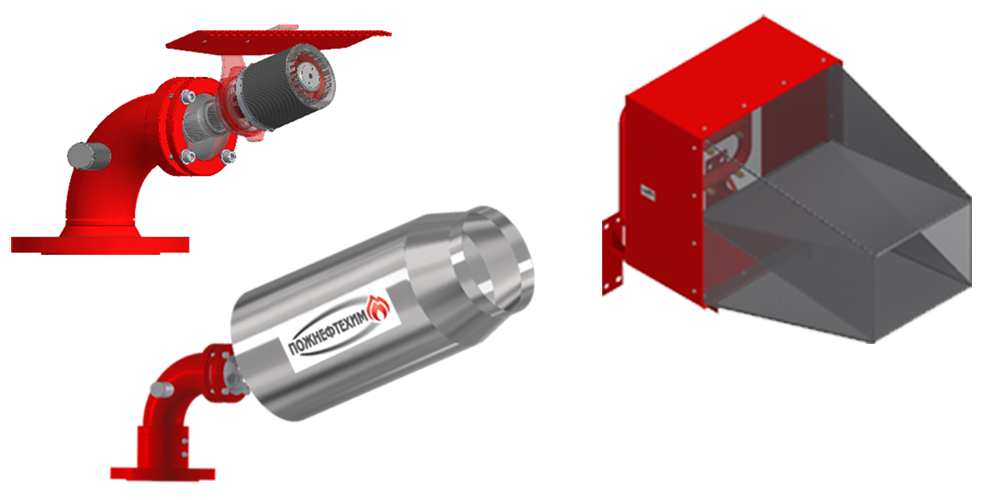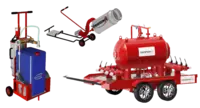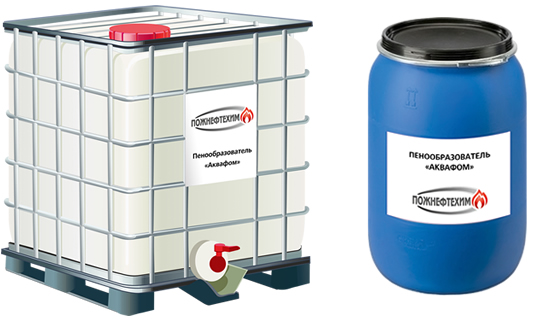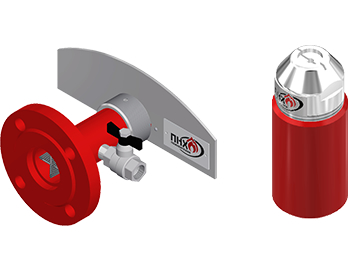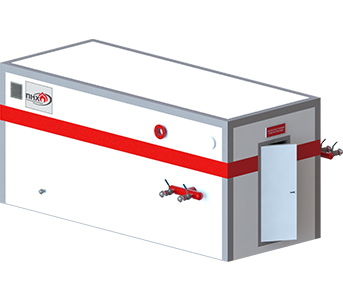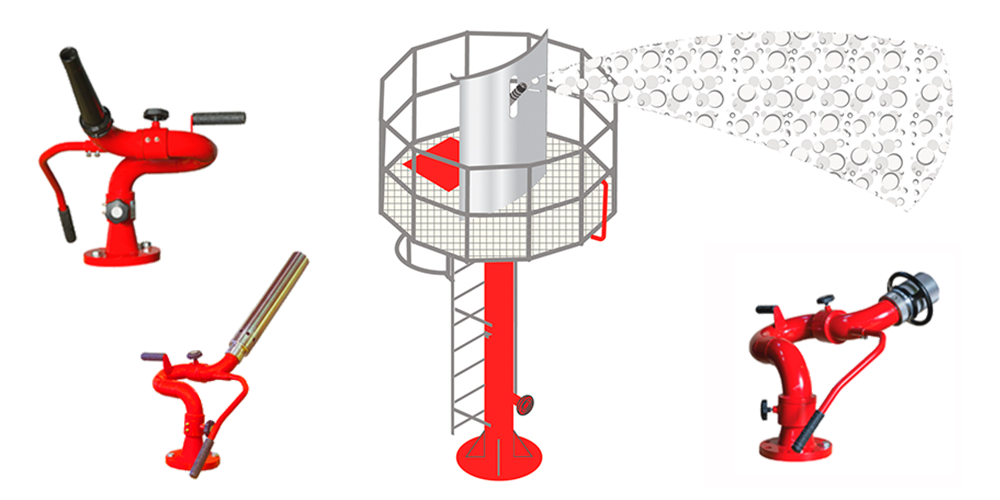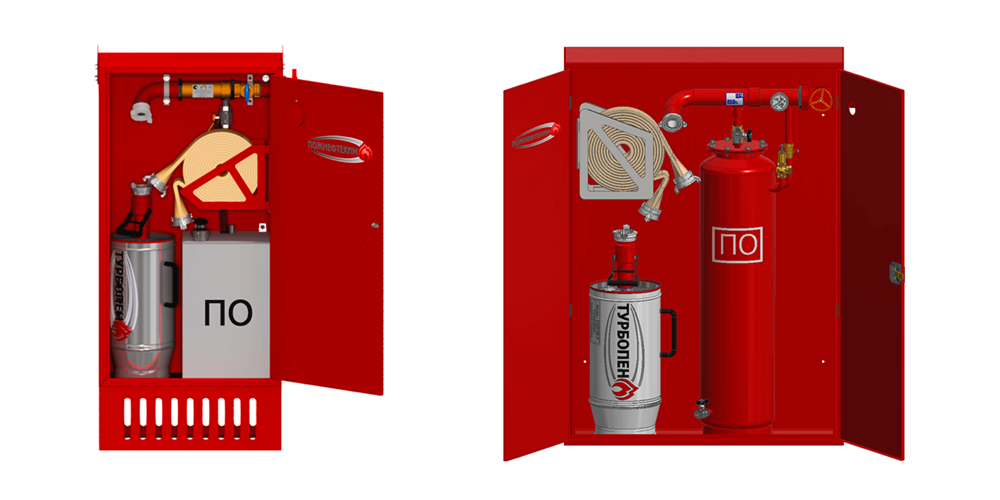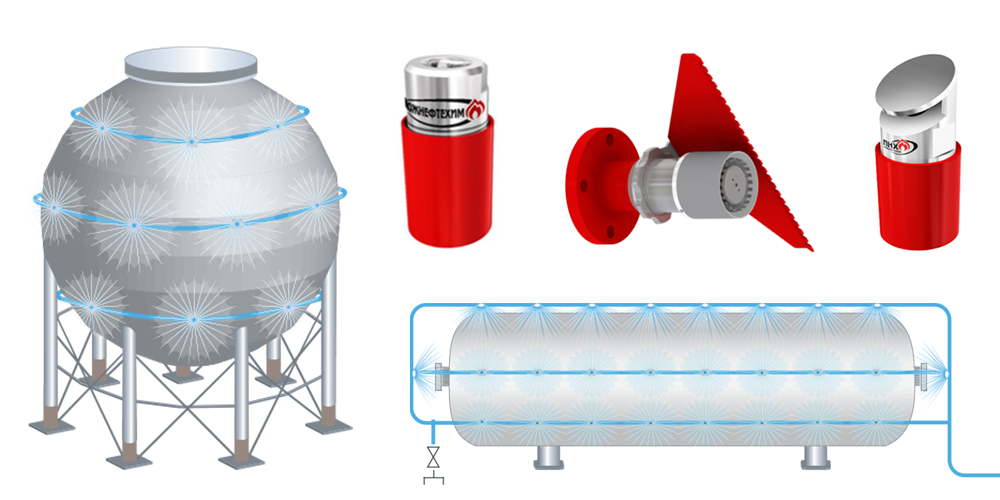FIRE EXTINGUISHING AT THE TANK RAILWAY RACK. FIRE SAFETY OF THE TANK CAR LOADING/UNLOADING RACK
The Pozhneftehim, a Russian manufacturer of firefighting equipment and foam concentrates, offers supplies of comprehensive equipment for fire protection and fire extinguishing of railway loading/unloading racks.
The Pozhneftehim holds hazardous facilities access permits. The Company provides regulatory and technical support for design, participates in the development of design documentation (STU, MOPB). On request, it supplies typical design solutions for fire extinguishing systems for railway racks, automatic filling posts and other production facilities that handle flammable and combustible liquids.
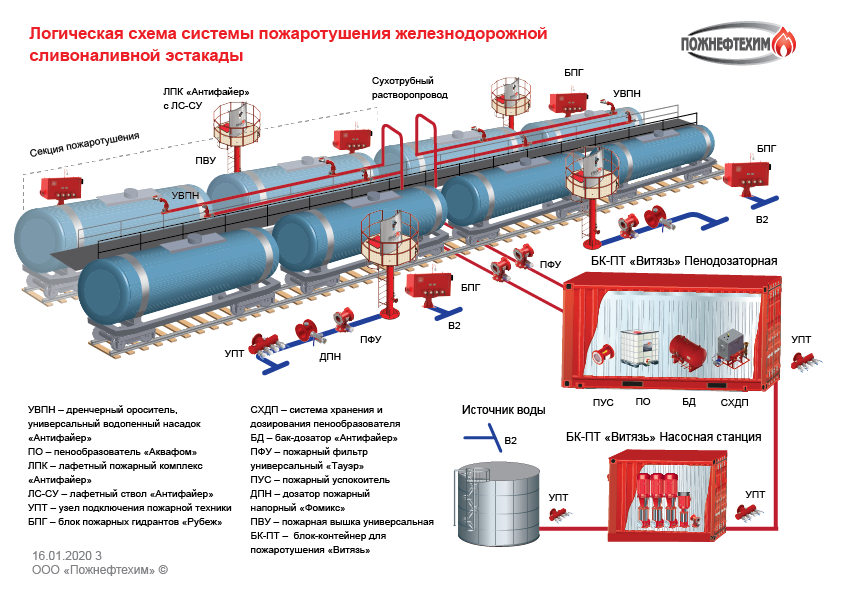
ORDER A TYPICAL DESIGN SOLUTION
Choose your fire extinguishing system
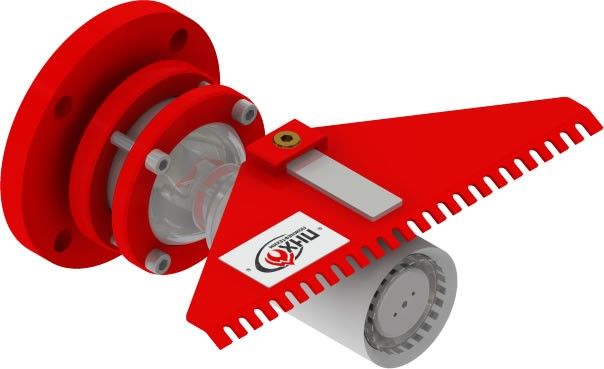 Antifire universal water/foam nozzle (UVPN)
Antifire universal water/foam nozzle (UVPN)
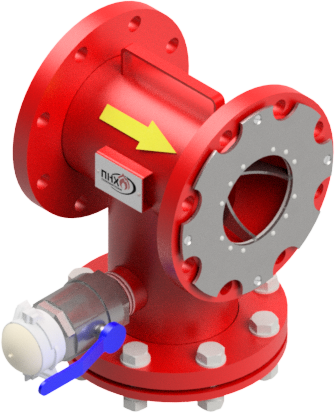 Tower universal fire filter (PFU)
Tower universal fire filter (PFU)
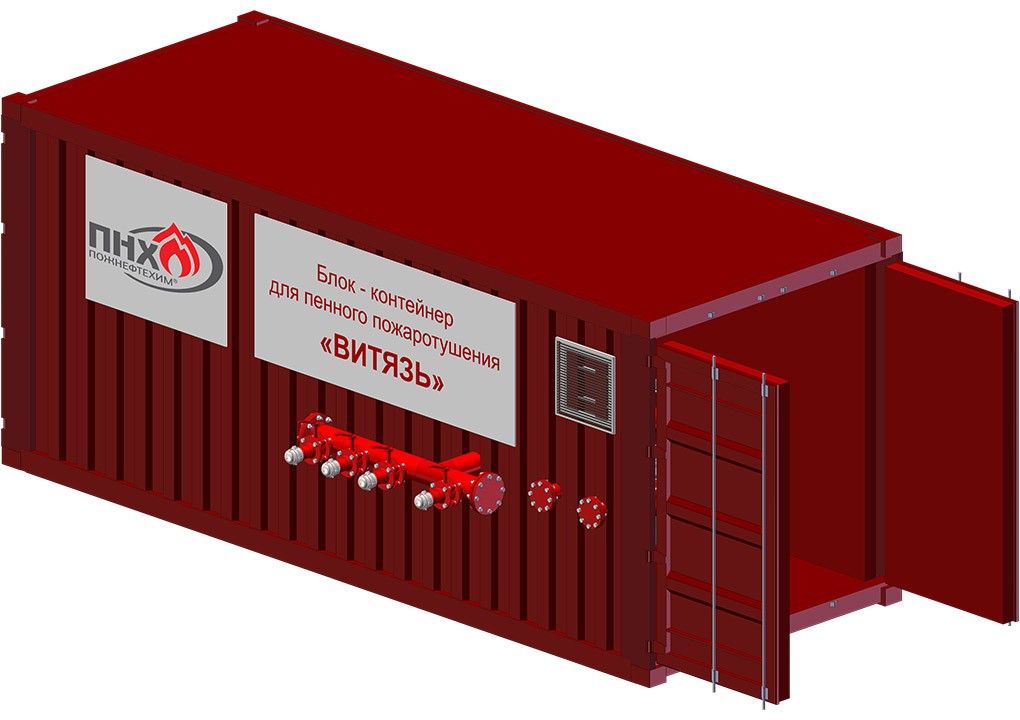 Vityaz block-container for fire suppression (BK-PT)
Vityaz block-container for fire suppression (BK-PT)
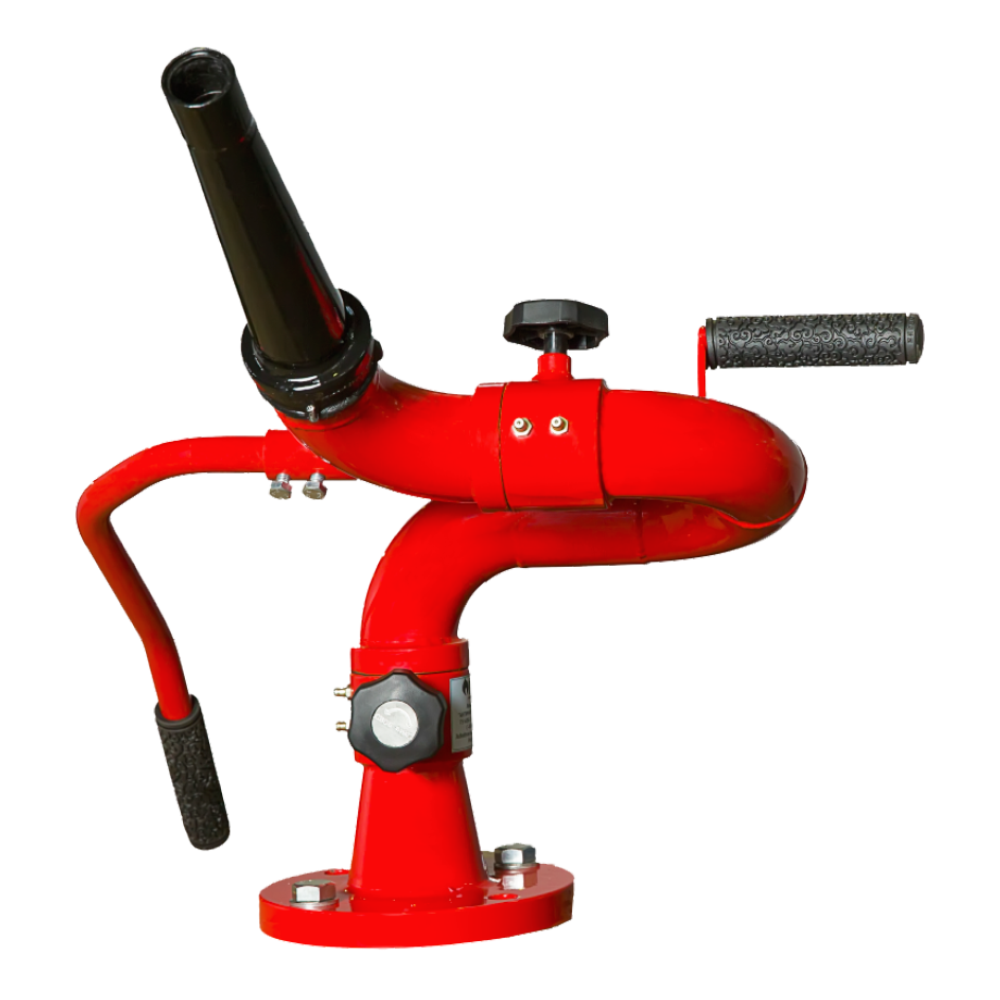 Antifire fixed fire monitor (LS-SU)
Antifire fixed fire monitor (LS-SU)
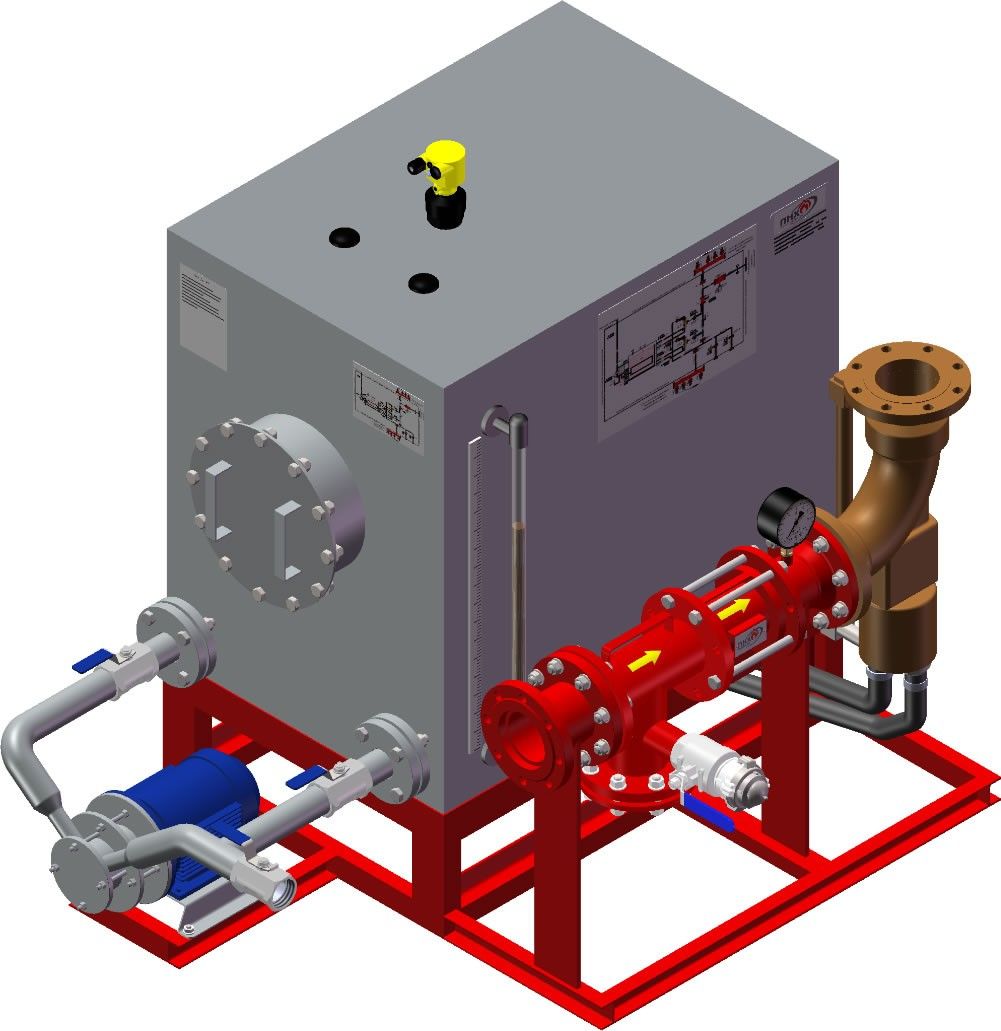 Foam concentrate storage and proportioning system (SKhDP)
Foam concentrate storage and proportioning system (SKhDP)
The fire safety of the tank railway loading/unloading rack depends on the firefighting technology, reliability and effectiveness of the system components. We discuss herein how to meet the requirements of regulatory documents and create effective fire extinguishing systems.
Railway rack is a hazardous production facility
A loading/unloading railway rack is a structure equipped with a loading/unloading device for filling and draining oil and oil products from/to tanks. Racks can be one-sided and double-sided, depending on the number of tracks near them.
The technological process of loading and unloading flammable and combustible liquids into/out of railway tank cars is among the most dangerous. Drain, filling and loading/unloading racks require increased attention to fire and industrial safety, strict compliance with labor protection requirements. On-spot loading installations allow reducing the hazard of the process.
The design of a railway rack depends on the type and characteristics of the handled oil product (gasoline, diesel, kerosene, bitumen, fuel oil) and should be carried out in strict accordance with the requirements of state standards and rules.
If official normative documentation contains no requirements that correspond to the specifics of a particular object special technical conditions (STU) shall be developed. They regulate compensatory measures and ensure high level fire safety of the railway loading/unloading rack.
At the design stage, the “Fire safety measures” (MOPB) document shall also be developed. The Pozhneftehim normative and technical department has experience in the development and approval of the documents for hazardous production facilities associated with the treatment of flammable and combustible liquids.
Fire extinguishing system for rail car loading/unloading
The fire extinguishing and water cooling system includes the following firefighting equipment and foam concentrates:
- low or medium expansion foam generators (Antifire universal water/foam nozzle or Turbopen universal foam generator, preferably with oscillation function);
- Tower universal fire filters;
- Antifire fire monitors and fire towers (PVU);
- Foamix fixed fire pressure proportioners and fire hydrant manifolds (UPT);
- foam concentrate storage and proportioning system (SKhDP): bladder tank or SKhDP based on a turbine inline or balanced pressure proportioner;
- Vityaz block-containers to place the pump station and foam proportioners;
- foam concentrate selected with consideration of the specifics of the fuel and water at the facility (Aquafom film-forming fluorosynthetic foam concentrate AFFF or AFFF/AR is preferred).
Key aspects of fire extinguishing system design
Read more on the topic:
The main regulatory document in the design of fire extinguishing systems for railroad racks is SP 155.13130.2014 “Warehouses for oil and oil products”. The requirements of 1987 departmental document "Departmental guidelines for the design of tank cars loading/unloading racks of flammable and combustible liquids and liquefied hydrocarbon gases VUP SNE - 87" are taken into account as well. When assessing the requirements of these documents, it is necessary to understand that the performance of the fire extinguishing system depends on the characteristics of the firefighting equipment, the fire extinguishing properties of the foam concentrate and the selected technology. Let us dwell on the last issue, especially on the choice of a foam generator.
In Soviet times, GPS (medium expansion foam generators) were used at railway loading/unloading racks for fire extinguishing. This equipment does not withstand open flame, which is indicated in the GPS passport: “To avoid grids destruction it is forbidden to place the generator into the high temperature zone prior to any foam or water jets appear from the nozzle”. With a standard 3 minutes response time of a fire extinguishing system, it is difficult to withstand this requirement. In case of fire, a fixed GPS installed above the tank neck may lose functionality even before the fire fighting starts.
We recommend using the Antifire universal foam/water nozzle manufactured by the Pozhneftehim instead of traditional GPS. The deluge sprinkler Antifire UVPN is resistant to high temperatures and permits to configure an irrigation map to protect railway tank cars, which ensures a large coverage area when extinguishing a fire. The device is designed for a flow rate of 5, 10, 15 and 20 l/s and a nominal pressure range of 0.6-1.2 MPa (optional 0.3 MPa upwards).
In the same way as for tank farms, we pay attention to the inadmissibility of using premix filled pipelines, since during 2-3 month period the foaming agent solution loses its extinguishing ability.
How to prevent a fire on a tank car loading/unloading rack?
A fire at a tank car loading/unloading rack can be prevented by strictly observing the requirements of the legislation and regulations of the industrial safety organization. The basic operating rules are set forth in the Orders of the Federal Service for Ecological, Technological and Nuclear Supervision No. 125 “Rules for the Safety of Oil and Gas Processing Industries” and No. 461 “Rules for the Industrial Safety of Oil and Oil Product Storage”. Let's consider some of them.
- The current legislation during loading/unloading operations with flammable products prohibits the following: carrying out repairs on and near tanks, shunting service less than 100 m from the rack, presence on racks of unauthorized persons.
- If the flash point of the oil vapor is below 61 °C, electrical heating and direct contact of the heat conductor with oil are prohibited.
- Braking tank cars with the use of sparking materials is also prohibited. Prior to the beginning of loading/unloading operations, tank cars should be grounded and secured on the track with intrinsically safe shoes.
- Another possible cause of emergency on the racks is natural electricity, or lightning. To protect the facility, freestanding or cable lightning rods shall be installed at the facility.
- The safety of tank car loading/unloading racks also depends on the “lower concentration limit of flame propagation” (NKPRP). Upon reaching the gas contamination of the air above 50% of the NKPRP volume, loading/unloading operations should automatically stop. Gas sensors shall be installed at the facilities for the loading/unloading of oil and light oil products.
Compliance with these and other rules is essential to prevent fire.
Contact information to order Pozhneftehim complex supplies
Questions concerning the choice of foam concentrates for fire extinguishing
Tatyana Potapenko, foam project manager +7 (499) 703 01 32, ext.172
Questions concerning the choice of firefighting equipment
Sergey Vypritsky, Project Manager +7 (499) 703 01 32, ext.153
Questions on documentation regarding Fire safety measures (MOPB) and Special technical conditions (STU)
Sergey Titenkov, Head of Regulatory and Technical Department +7 (499) 703 01 32, ext.159

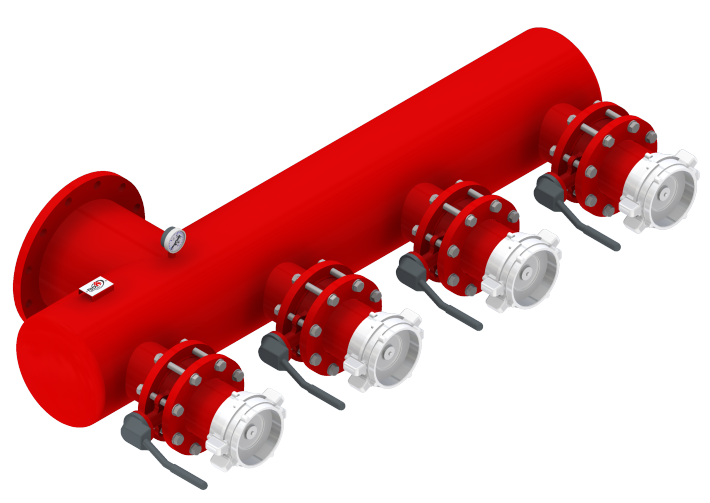 Fire hydrant manifolds (UPT)
Fire hydrant manifolds (UPT)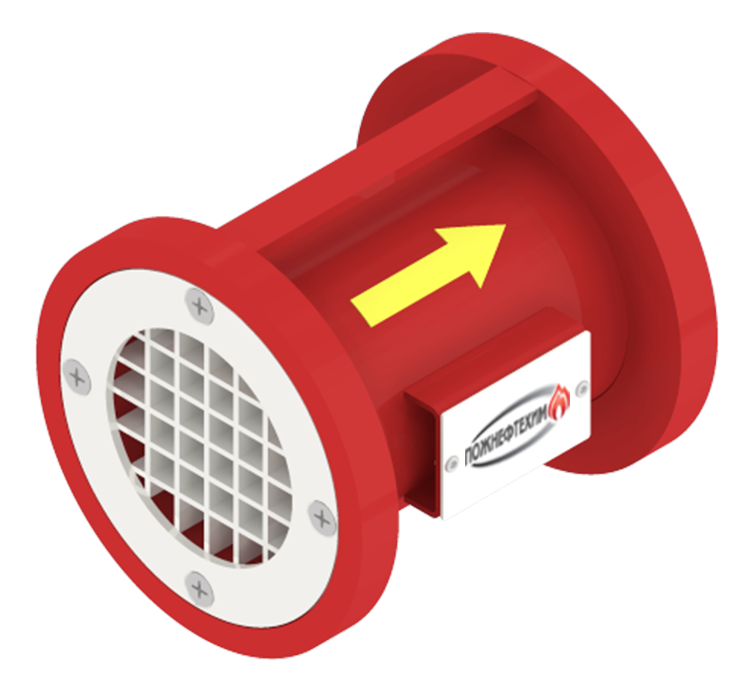 Fire stabilizer (PUS)
Fire stabilizer (PUS)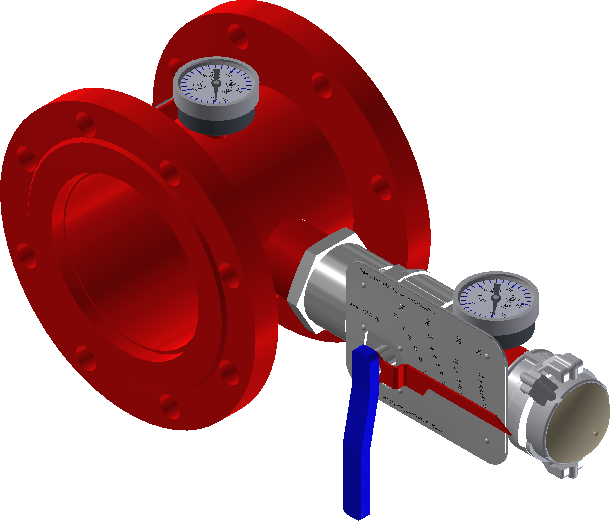 Foamix fire pressure proportioner (DPN)
Foamix fire pressure proportioner (DPN)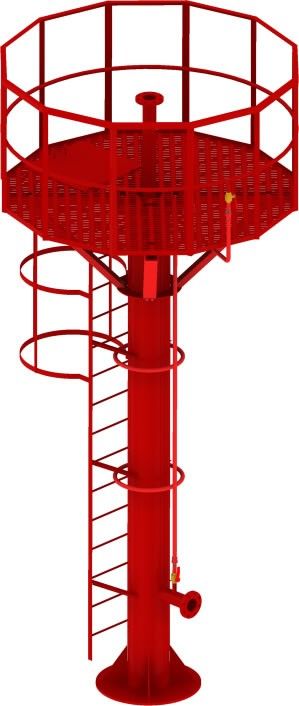 Universal fire Tower (PVU)
Universal fire Tower (PVU)